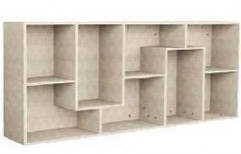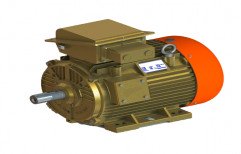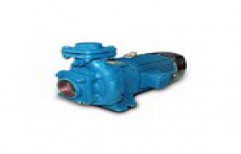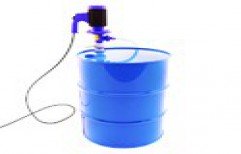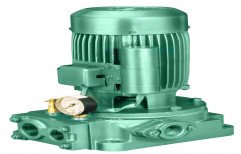Featured Suppliers
How it works
- Submit an enquiry to a product.
- Wait for a call from nearest supplier from your area.
- Get quote and product details.
- Choose best from them.
Recently Added Suppliers
Product Description
The Condensate Polishing Unit provided by us is acclaimed for its stylish and stunning design. This unit is well known for its efficient operation and heavy duty performance.
Features:
Sturdy unit design
Heavy duty built
Robust design
Heavy duty operation
Unmatched efficiency
Larger container size
The Condensate Polishing removes following types of impurities:
Corrosive impurities
Oxides of iron, copper and nickel are the major corrosive products. These products could be either in the form of particulate matter or in solution. They are removed by filtration of the condensate. Cartridge or precoat filters can be used for filtering these corrosive products.
Dissolved Salts
Sometimes due to leakage of cooling water the impurities caused by dissolved salts arise. The use of ion exchange demineralizers these impurities can be cleared. For low-contamination levels mixed-bed ion exchangers are commonly used. Separate cation and anion exchangers can be used only when there is higher level of mineral contamination.
Working Principle Condensate Polishing Unit
In various manufacturing unit or plant steam is generated and released for generating electricity. The steam after loosing its heat condensate back into water. While condensing steam picks lot of impurities from the environment which should be completely removed before using condensate again. The polishing unit that is employed for this impurity is condensate polisher that employs ion exchange resin bed to remove the contaminants. After resin is exhausted it is regenerated.
On the basis of regeneration, condensate polishing systems can be of following types :
- Mixed Bed External Regeneration
- Mixed Bed In-situ Regeneration
Ion Exchanged Resins Used In Condensate Polishing
Following resins can be used either independently or in combinations in condensate polishing.
Strong Acid Cation Resins
Strong acid cation (SAC) resins are used for softening, demineralization and dealkalization process. SAC resins are available in different crosslinkage. Resin with 8% crosslinkage is commonly used for electric utility condensate polishing applications where they remove corrosion products (crud) from the utility's condensate.
Weak Acid Cation Resins
Weak acid cation (WAC) resins are also used for dealkanization and demineralization processes. All cation that are held tightly to the resin are removed by WAC resin. Normally these resins remove resins remove only cations associated with alkalinity.
Strong Base Anion Resins
For various ion exchange demineralization processes, dealkanization, organic trap applications etc. SBA is used.
Weak Base Anion Resins
Weak base anion (WBA) resins do dual function that is it absorbs acid and functions as an ion exchanger. Only Strong acidic minerals are remove by them. However they allow the ions of carbonate/bicarbonate and silica to pass. It is due to this they are not used for demineralization.
Required Properties of Resins for Condensate Polishing
The resins used in condensate polishing should have following features:
- It should have good physical strength in order to withstand vigorous cleaning. It is also necessary for the rigorous of hydraulic transfer during regeneration.
- For effective separation of resin's density should be precise.
- To prevent any flow restriction during operation, size and kinetics of the resins is also important.



